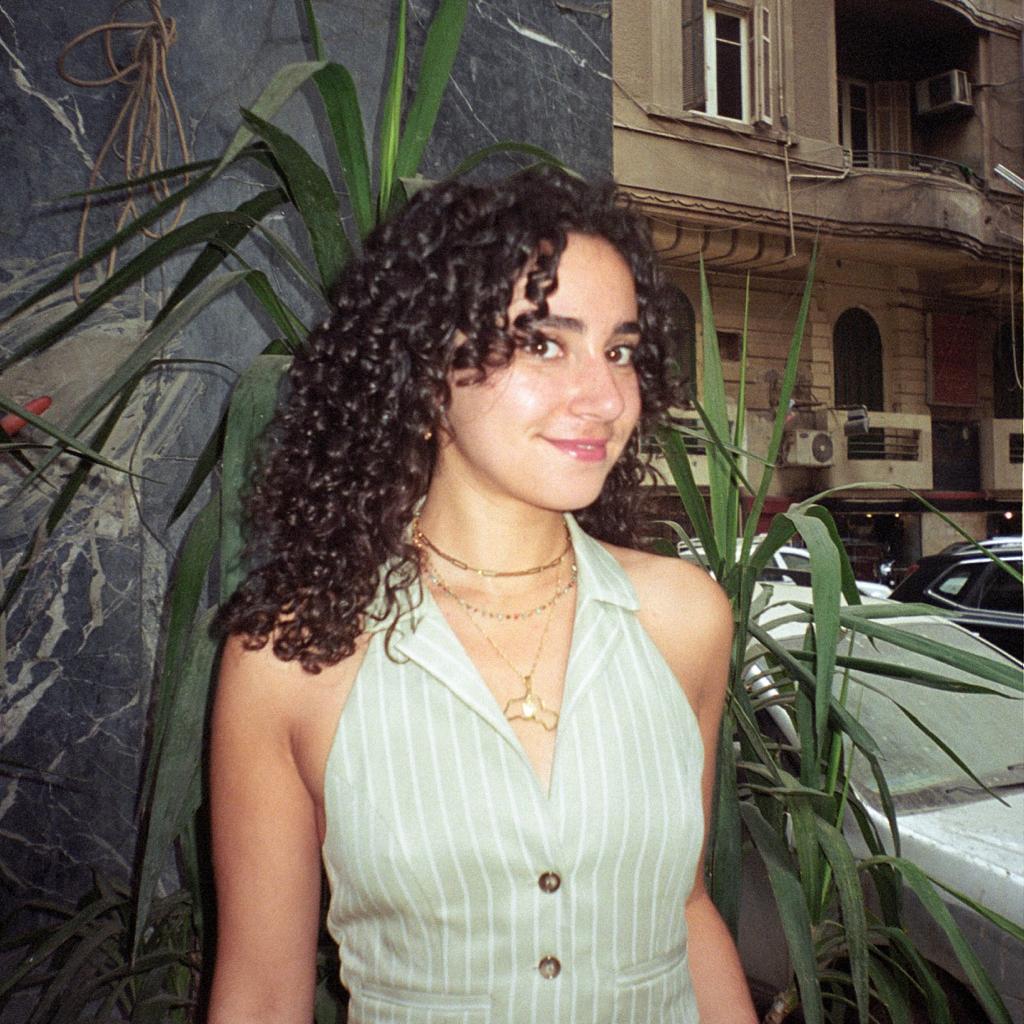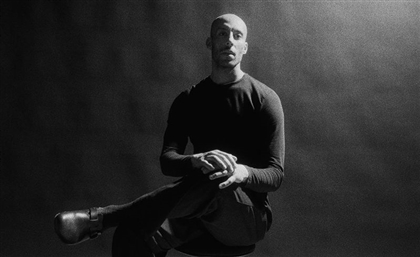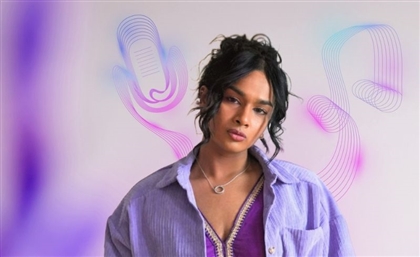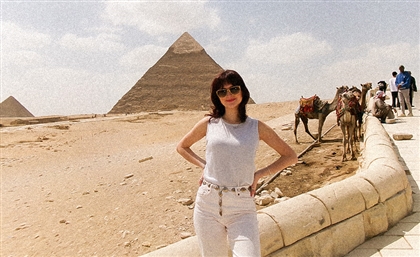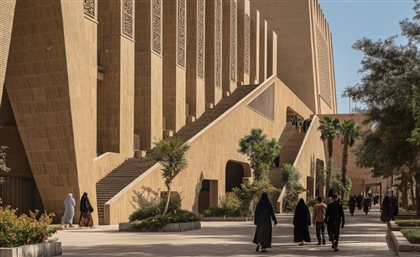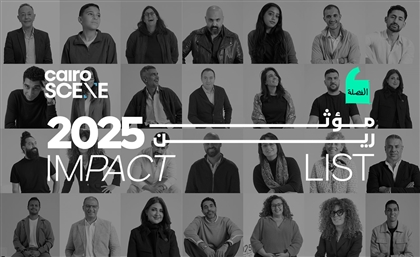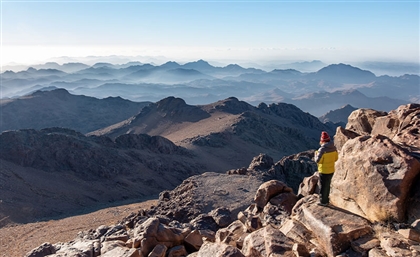A Conversation With Mosa’ab El Shamy On a Decade of Photojournalism
The multiple award-winning Egyptian photojournalist turns his gaze inwards to reflect on 10 years of photojournalism.
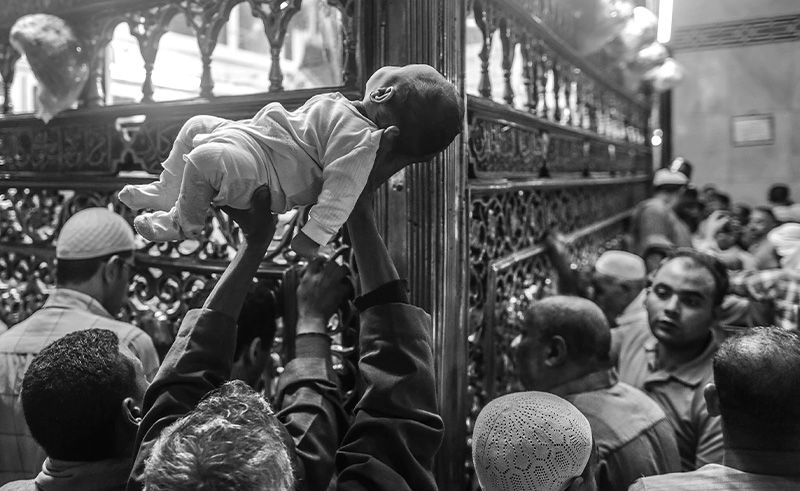
In an increasingly visual world bound by social media networks, the photo-journalist has never had so much responsibility. A single photograph, if captured well, can engage a deep sense of empathy, change a perception and call people to action. It can transmit the memory and identity of one human experience to another across the world with synaptic ease. The global challenges we face today – such as climate change, the aftermath of the coronavirus pandemic, and record levels of humanitarian need driven by conflict and disaster – only compound the importance of photographs to recognise our interconnectedness. At the heart of a protest, in the aftermath of an earthquake, a photograph can convey hope and grief where words perhaps fail.
Mosa’ab El Shamy is someone who has risen to the challenge of capturing such images. An esteemed photojournalist with more than a decade of experience, his work has taken him to the heart of breaking news stories as well as underexposed cultural and social contexts across the Middle East and North Africa. He was one of the foremost visual documenters of Egypt’s mass protests in 2011, and his extensive portfolio since then reveals an acute sensitivity to the finer details and individual human experiences within conflict-ridden environments. He is now a staff contributor for the Associated Press and is based in Rabat, Morocco.
-79320415-2642-4d15-a2a9-f761e982aee4.jpg) As part of the annual Cairo Photo Week that took place from February 8th to the 18th in Cairo’s bustling Downtown, El Shamy gave a talk that offered a glimpse into his journey, beginning with his very first encounter with photography atop Mount Saint Catherine during a trip to Sinai in 2005. He reflected on his experiences in the tumult of 2011, before sharing his most recent projects across Morocco, and offered advice to the younger photographers and photojournalists in the audience at Cinema Radio Theatre.
As part of the annual Cairo Photo Week that took place from February 8th to the 18th in Cairo’s bustling Downtown, El Shamy gave a talk that offered a glimpse into his journey, beginning with his very first encounter with photography atop Mount Saint Catherine during a trip to Sinai in 2005. He reflected on his experiences in the tumult of 2011, before sharing his most recent projects across Morocco, and offered advice to the younger photographers and photojournalists in the audience at Cinema Radio Theatre.
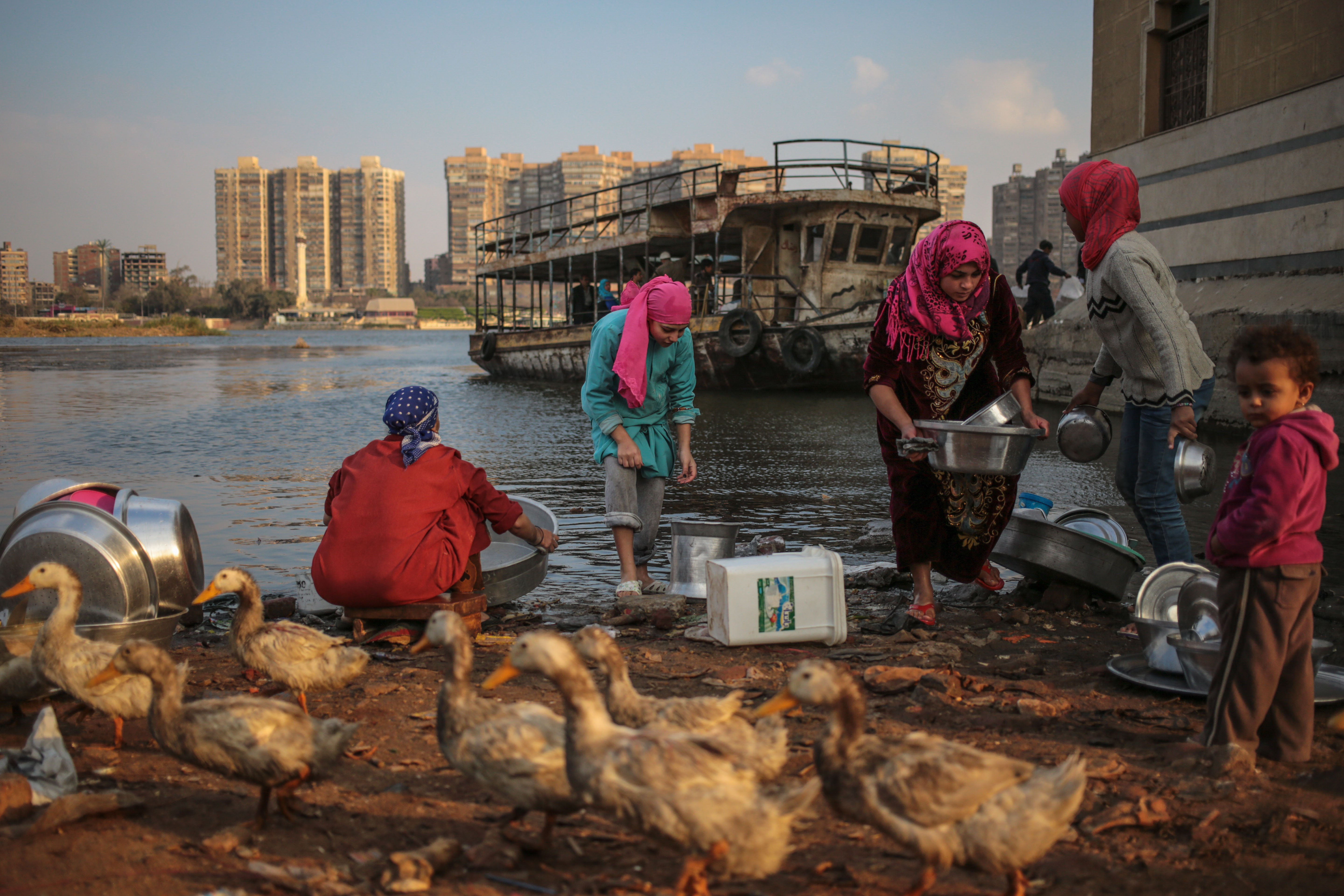 El Shamy revealed that he had no idea that his early passion would turn into a profession. When the mass protests broke out in 2011, he was studying for his Bachelors in Pharmacy. He likened this early stage of his career to standing at the bottom of a mountain, where couldn’t yet see the ‘view from the top,’ or in other words, what he would later go on to achieve. 10 years on, and the multiple accolades accrued by El Shamy has made for a breathtaking vista: one of his pictures taken in Egypt was selected as one of TIME Magazine’s best photos of 2013. He has shared important perspectives across the world, providing images and stories to TIME Magazine, Paris March, The New York Times and Al Jazeera English, with many of his snapshots making it to the front-cover.
El Shamy revealed that he had no idea that his early passion would turn into a profession. When the mass protests broke out in 2011, he was studying for his Bachelors in Pharmacy. He likened this early stage of his career to standing at the bottom of a mountain, where couldn’t yet see the ‘view from the top,’ or in other words, what he would later go on to achieve. 10 years on, and the multiple accolades accrued by El Shamy has made for a breathtaking vista: one of his pictures taken in Egypt was selected as one of TIME Magazine’s best photos of 2013. He has shared important perspectives across the world, providing images and stories to TIME Magazine, Paris March, The New York Times and Al Jazeera English, with many of his snapshots making it to the front-cover.
What immediately stood out from his live discussion in Arabic was that he didn’t seem to use the word soora (‘picture’), but rather, qissa mosawwara (‘photographed story’). Indeed, emotional connection, as he shared, is part and parcel of his craft: diverging somewhat from the traditional view of strictly informative photojournalism, El Shamy believes a photojournalist’s goal should be to maintain a curiosity for the individual one encounters spontaneously on the street, to understand them and to try to understand oneself through that individual. This is what helps to capture an emotion and tell a story: any journalistic photograph lacking this emotional component, he mused, will only fall on deaf ears.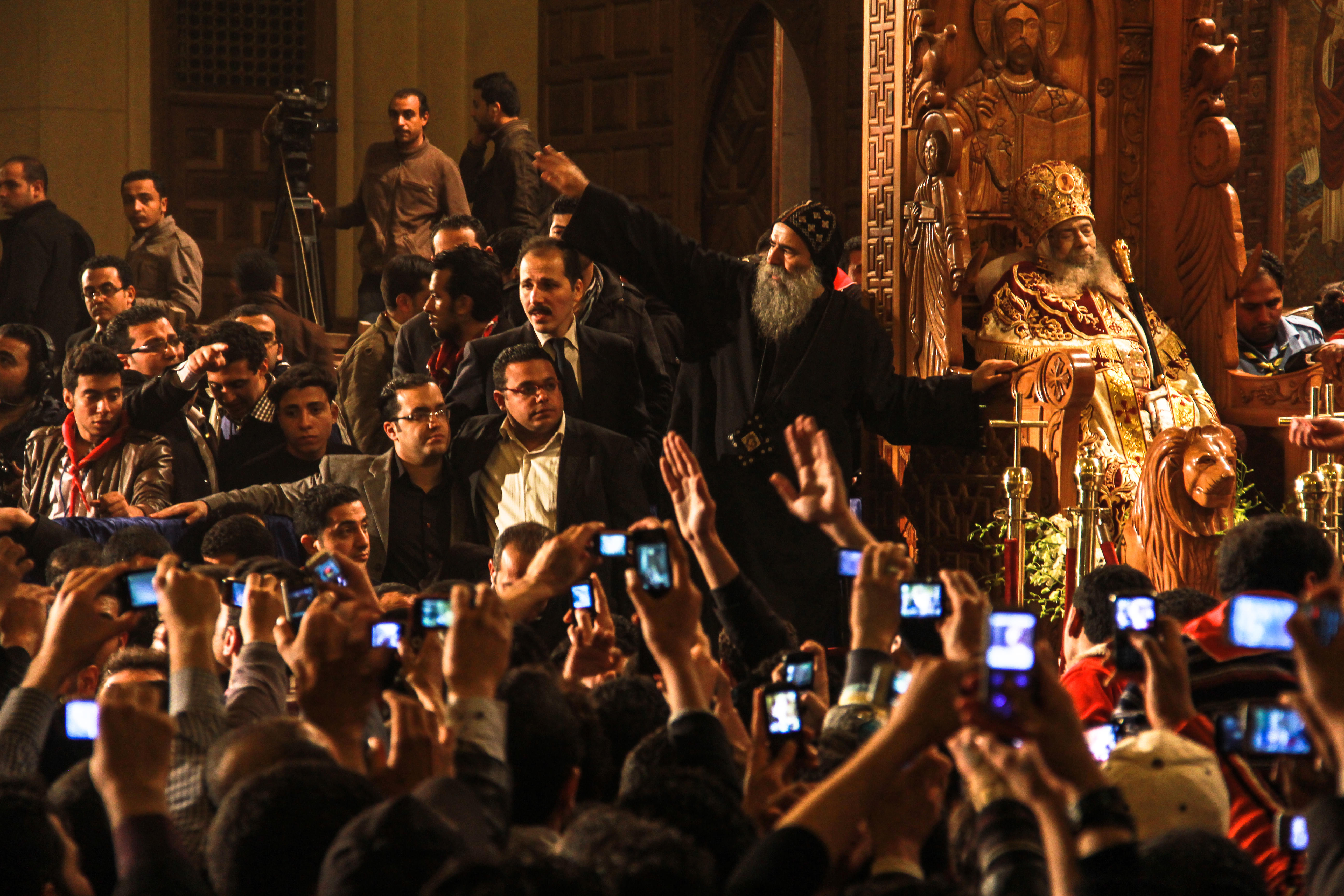 Throughout, El Shamy expressed himself with a certain poise, intelligence and humility that mirrored the thoughtfulness of his photowork. I was therefore all the keener to pick his brains in an interview with him shortly after his talk. We sat down for a Zoom call, me from the CairoScene office in Downtown Cairo, him from his home in Rabat, Morocco.
Throughout, El Shamy expressed himself with a certain poise, intelligence and humility that mirrored the thoughtfulness of his photowork. I was therefore all the keener to pick his brains in an interview with him shortly after his talk. We sat down for a Zoom call, me from the CairoScene office in Downtown Cairo, him from his home in Rabat, Morocco.
It’s been almost 10 years since you last lived in Egypt. How has your photography shaped how you remember particular moments and places in the country?
I actually grew up in Nigeria, and I moved back to Cairo in 2005 for my college years, which is around the time I started getting into photography as a hobby. It was through photography that I first got to know Egypt. Some people remember an idea of a place through films, but for me it’s photography. I still recognise all these places when I see them in photos.
Photographic projects allowed me to understand other perspectives of the Egyptian experience, such as when I photographed the Mahraganat, which allowed me to find myself in places I wouldn’t otherwise have found myself in.
But it’s an interesting thing, how photography shapes your experience of a place and how that place doesn’t exist anymore. I’m fortunate to have been there and to have kept a record of Egypt as it was at that time. If I returned to Egypt today, I’m sure I wouldn’t be able to find my way around!
What was it like when you first moved to Morocco? You mentioned in your talk that you spent the first six months just taking everything in.
I look back at these photos and I see this complete ‘outsider,’ who is still there but I’d say I’m less of an outsider now. Everything in the country was a novelty, I saw the aesthetic of the place as a foreign land – not to be an orientalist about it – but photographing everything was my way of interacting with it.
Now, my photos are completely different. I understand the context and why there are certain things.
In my role as a photojournalist there’s a responsibility to capture pictures that deliver news, not just pretty pictures. However, I’m constantly searching for beauty. I won’t file everything I take to a news agency.
In your talk, you mentioned that keeping an archive is very important in photojournalism and its value increases over time. What do you see when you look back at your photo archive?
I’ve been really diligent with my photo archive: I have separate folders for every year, arranged into subfolders by key dates and events. Looking back at this archive is very satisfying. A lot of things start to make sense, I feel like I can see that young kid trying to understand things. Something that I can see now is my ignorance when I was younger. I mean, in your twenties, you think the world is your oyster, and I had just taken part in a revolution! All I wanted to do was cover all of these stories.
I was always very curious, which is why I seemed to myself in these places without it necessarily being a conscious decision, before it became my full-time job of course. Looking at the first five years of my photography, I can see this willingness to witness events in spaces where it wasn’t easy to be. In Gaza during the war, it was hard, but there was still this motive driving me to be there.
What has stayed consistent in my approach is the search for beauty. My goal is to constantly search for the images that matter and that have a message that can change people’s perceptions.
How can you maintain this constant search for beauty when witnessing traumatic events like war or violence?
Even in the most difficult moments of the revolution, there was humanity, and to me humanity is beautiful. When I say ‘beautiful,’ I mean beauty as something that’s bigger. I tried to capture the protests in Egypt by focusing on individuals. Even in moments of grief and loss, I tried to look for human values of courage, solidarity, resilience. Our ability to display these emotions, that’s what makes us human. The image of a mother hugging her child in the midst of armed conflict, for example.
It was difficult to alternate between the emotions that gripped Egyptians in those years but I tried to hold onto these values of courage and resilience. These are what make us relate to each other – not to be cheesy and say that all of us come together – however, it did happen that some people reconsidered their appetite for blood, their appetite for revenge. I have received messages over Instagram from people who reached out to say that because of my images they were unlearning their prejudices. This is the goal of my photos.
At times where you are capturing grief, your exposure to trauma puts you no doubt in a vulnerable position – how do you protect yourself, or in other words, what separates you from the traumatic images you witness?
Photojournalism has always involved a large element of danger, the psychological effects have long been known. You absolutely have to be aware of the risks when you start.
It’s been a very long process for me. When I started out in my journey of photography, I didn’t know I was signing up to cover things like children dying. Such images always stay with you, just like medics must grapple with patients losing their lives in front of them. Being a photographer in these instances, you must think, for example, “I am someone who is doing something,” rather than, “I am in a massacre.”
The camera gives you a buffer. It desensitises you in the moment, but it doesn’t protect you from what happens next. After you’ve captured an image, it takes time to process what you’ve seen, to learn, to grieve. It takes time.
At the end of the day, it’s a choice I made, I wasn’t forced to become a journalist. Having that agency helps me, knowing that I chose to be there. Knowing that my work was able to impact others helps me, as it makes me realise I didn’t put myself through it all for nothing.
If a ‘picture tells a thousand words’, do you ever feel too much pressure for a picture to carry a whole story, to capture the essence of a story? Particularly in your case as a photo-journalist, as opposed to a photographer of an artistic or conceptual discipline.
Sometimes, I need more than a thousand words to tell a story! Photos can be limiting, and among us as photojournalists there is a constant search for the ‘ultimate’ photo and ultimate answer. Lots of things can provide a narrative.
This is where the idea of the photo-essay comes in: I’ll take 15 photos that, placed together, offer a more comprehensive story, which shows that I’ve looked at my object from different perspectives. Madad was a project I undertook to capture Sufist Mawlid ceremonies across Egypt, and to capture Sufism like this takes more than one photo, so I attended five different Mawalid between 2012 and 2015.
I’m not a believer that one picture can ever tell the whole story. Compiling pictures for a photo essay is a process where I have a little more say, I can select which images form a part of it, it adds another layer to the process of photojournalism. It’s also a way I can personally develop. It’s like writing a book.
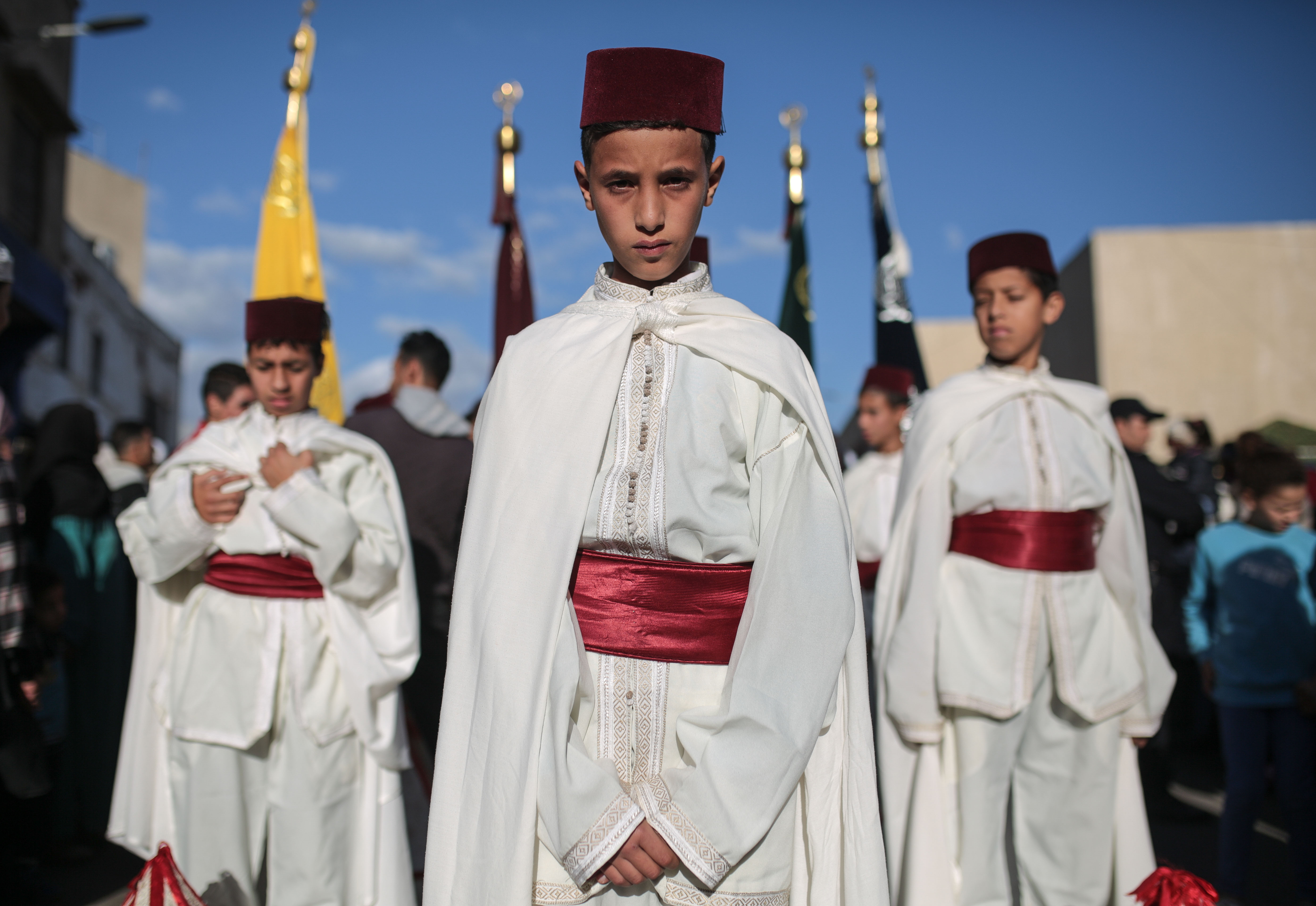 That being said, the power of a single photograph cannot be understated. There’s not a single day that I didn’t use photos to inform and be informed. It’s a powerful way to express and to learn. Every click conveys a feeling to an audience.
That being said, the power of a single photograph cannot be understated. There’s not a single day that I didn’t use photos to inform and be informed. It’s a powerful way to express and to learn. Every click conveys a feeling to an audience.
It’s incredible how some pixels put together can make someone remember their childhood, or make their day. I’ve been told before that the Morocco that I capture reminds people in the diaspora of their childhood. I’m currently reading a book about Marcel Proust which mentioned that he used to dip a Madeleine cake into his cup of tea, and all of a sudden he would be transported to the past. That’s what seeing photos can do. Involuntary memories being unlocked, by things that move us deeply. It’s a way of working through life’s mess and constantly creating connections.
With the rise of social media and an overload of imagery on Instagram, do you ever feel pressured to take images that are more ‘catchy’ to the eye and evocative, to appeal to the algorithms?
You’re right that with the growth of platforms like Instagram, there’s such an overwhelming amount of images and information these days, but I believe there is still a valuable space for photojournalism. It stands out by going to the heart of the most transformative and significant events in society.
Like you said, Instagram has made us more reliant on an appealing aesthetic but I see that as a privilege and not a reality. Of course, sometimes aesthetics and real life can coincide, but that happens less often, and photojournalism is about making the two work together. I try to make photojournalism artistic, and I have an artistic background. I was a lover of art before I became a photojournalist. But we still need to see what the world looks like. If I was faced with a choice between capturing an image that is ‘artistic’ or ‘journalistic’, I would opt for it being journalistic.
Presumably there is often a process of a journalist’s words being paired alongside your images for the publications who have used your images. Do you ever notice a dichotomy between what you have captured versus the story that others are telling with your images?
Whenever I take a picture, I have to offer a caption with it, specifying the 5 ‘W’s, the who, what, where, when and why. Of course, it is possible that a photo is sometimes shared on Twitter with an incorrect caption. I have always been sceptical about losing my independence in that way. But the good thing about working with Associated Press is that it offers news and not opinions. A lot of times, I get to write up the article that goes with my image, and if someone else writes up the article, they always check it with me again.
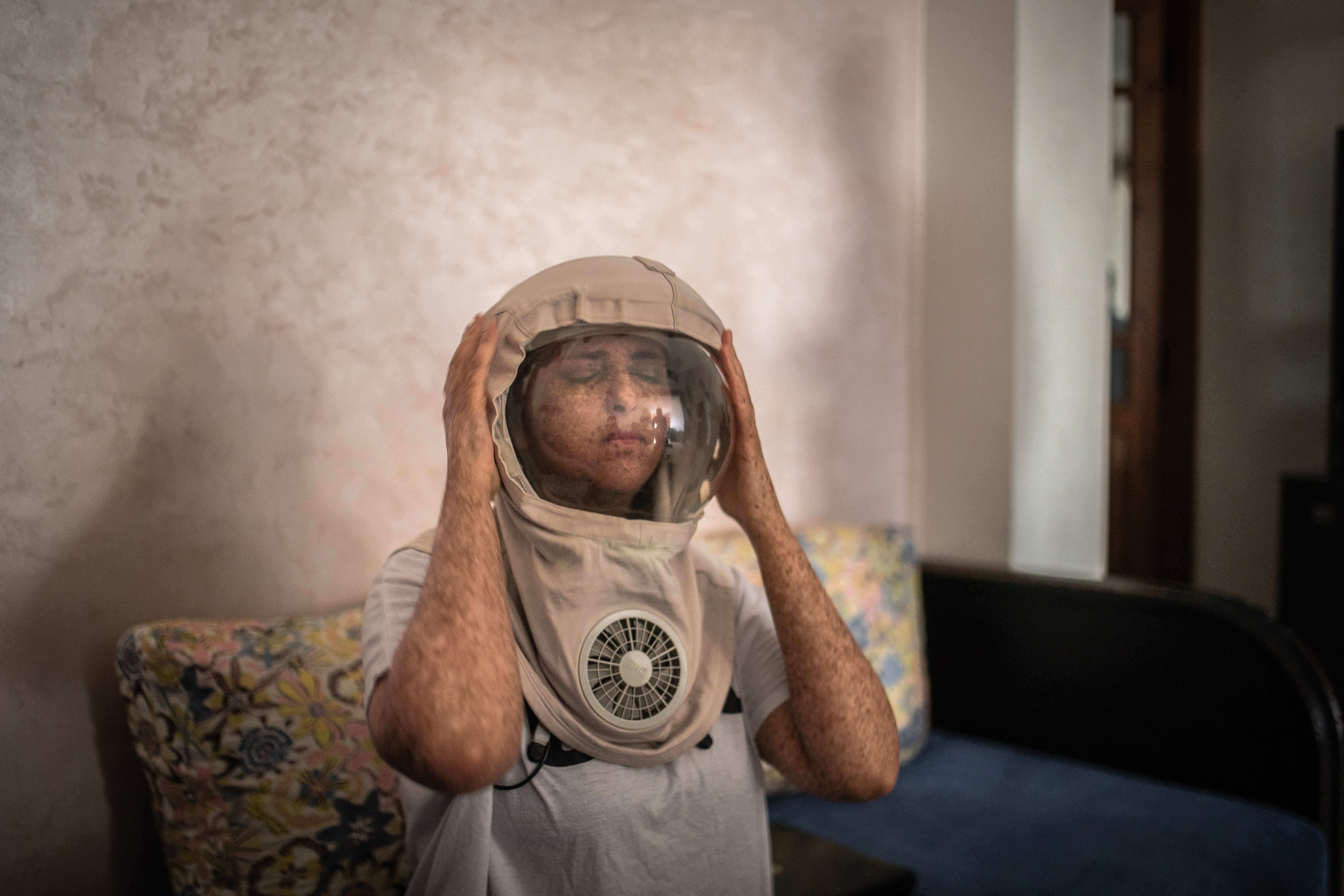 Do you ever worry about the future of the image? For example, with the emergence of deep-fakes?
Do you ever worry about the future of the image? For example, with the emergence of deep-fakes?
Yes, I absolutely do. In terms of deep-fakes, this is the new frontline of information that humankind must deal with, one step further than the era of fake news that began a few years ago.
Recently, I was scrolling on Instagram when I saw a string of pictures, taken respectively in Turkey, France, Syria, and Yemen, which were all manipulative images. In the case of the first three this was because they were showing misleading representations of the actual political dynamics there – for example, the French image displayed a protestor hugging a police officer. The fourth image showed an old couple taking a selfie together in Yemen, but it was an AI-generated image. It wasn’t easy to tell that this image had been faked.
These images had all gone viral with lots of likes, so were at the top of my Instagram algorithm. Two of these photos even ended up on my family’s WhatsApp group chat! I could only see that the photo in Yemen was fabricated because of subtle retouches on the facial features.
To be sure, deep-fakes are the next monster that we have to challenge. Is it going to put us out of jobs or make our jobs more important? We’ll see.
Photography is becoming a widespread practice around the world. How does this make you feel as a photographer whose beginnings didn’t witness photography as it is today?
Even when I was starting out, it felt like everyone was already taking pictures and sharing it on a Facebook account. For the older generation it must have felt like everyone had a digital camera. So I think that that critique has always been there. It’s normal for people to make the most of what is accessible to them.
At the end of the day, photojournalism is a very competitive field and changing every day. It’s either portrayed as doom, where we are seeing layoffs everyday, or that everyone is getting into it and so the possibilities are multiplying. Either way, we as photojournalists are not gatekeeping. If someone is very good at photography then we must let them rise above.
Some archives have colonial origins, with people taking and documenting the content of the colonies. What is the importance of archives made by native peoples?
If an image has portrayed an accurate depiction and tried to be as honest as possible, then it will stand the test of time, it will be able to document an element of history.
Of course, pictures are still subjective. If you get 10 different people in a room, they’ll take 10 different pictures.
But with official archives, so much of history is written by regimes and governments, and is sometimes extremely difficult to access, which stifles people’s interest in their own history.
There is no better way to understand this than by looking back through photo archives. It takes some time before we begin to re-evaluate, but we’re seeing it now being revised, re-written. If my archive can play a little part in telling people what happened, then I’ll be happy. People will never stop searching for the truth.
- Previous Article HOW (NOT) TO GO TO A PING PONG SHOW
- Next Article Egyptian Embassies Around the World
Trending This Week
-
Dec 27, 2025
-
Dec 23, 2025







